As someone dedicated to spreading Chinese jade culture, I’ve noticed that many newcomers to the jadeite industry often feel overwhelmed and confused when faced with the dazzling array of jadeite pieces. Most rely solely on visual aesthetics to judge a piece’s quality, yet struggle to articulate why it’s good or whether it’s worth the price. Don’t worry—today I’ll teach you five techniques to effortlessly master evaluating jadeite’s value.
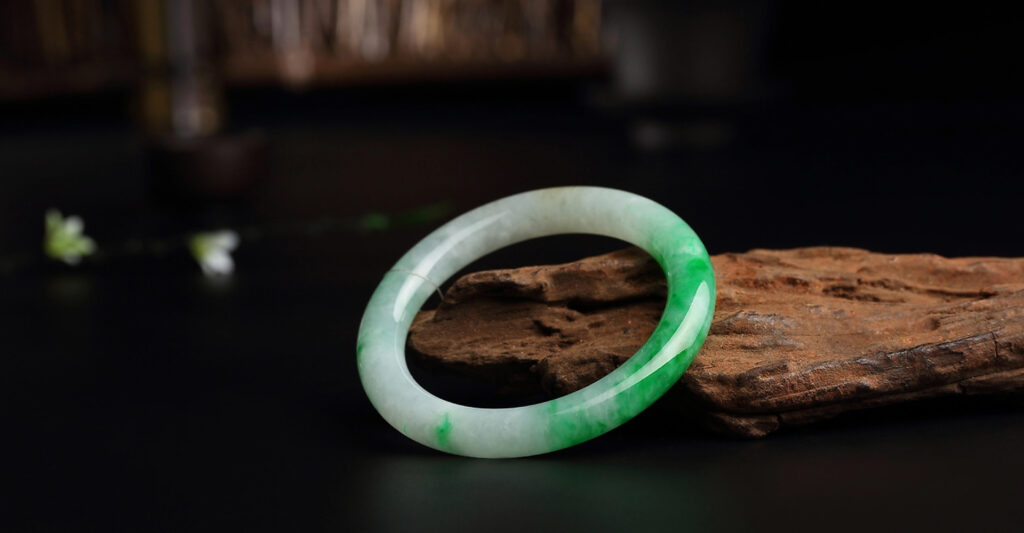
1. Assess Texture: “Experts look at the jadeite’s quality, while novices focus on its color.”
In jadeite appraisal, “quality” is a crucial factor, referring to the density of crystalline particles within the stone. Many beginners prioritize ‘color’ over “quality” when selecting jadeite.
High-quality jadeite appears crystal-clear and translucent, with tightly packed, finely structured internal particles that allow light to pass through easily, creating a vibrant, luminous beauty. Take glass-like jadeite, for example: its density is exceptionally high, its texture pure and flawless, and it boasts a glass-like clarity and transparency. This represents the pinnacle of jadeite quality, though its price tag is equally steep—far beyond the reach of the average person.
In contrast, jadeite with inferior texture exhibits a loose, coarse internal structure that impedes light transmission, resulting in a cloudy appearance lacking that vibrant, translucent quality. For beginners, glutinous rice-grain jadeite is an excellent choice. It offers a satisfying texture at a relatively accessible price point, fulfilling the desire for jadeite without placing excessive financial strain.
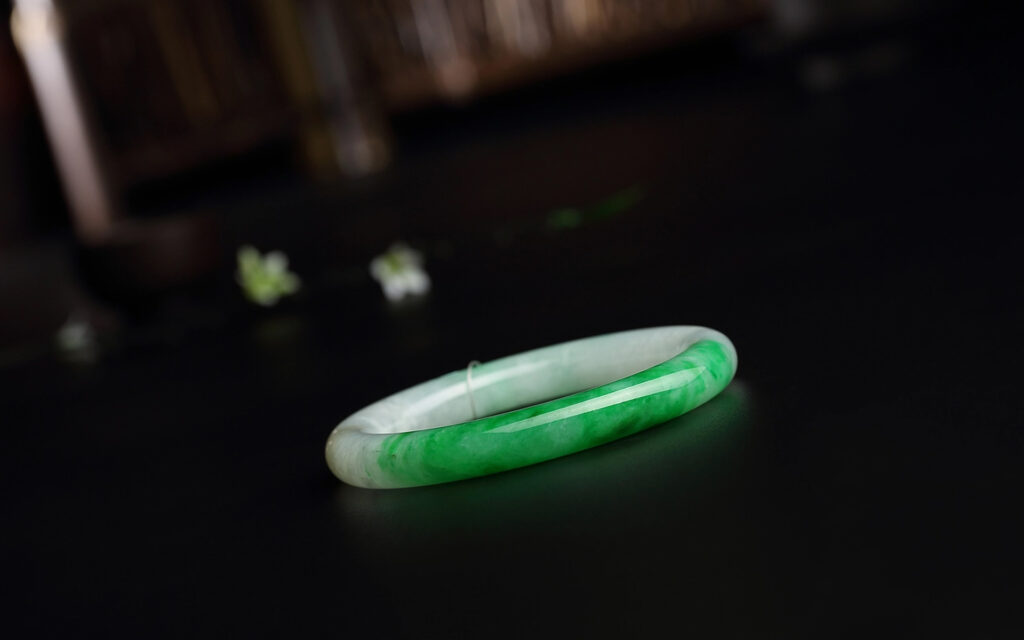
II. Assessing Color: “Green is prized, purple is revered”
The saying “green is prized in jadeite” is widely known, but it’s often followed by “purple is revered.” This indicates that green isn’t the sole indicator of high value. High-quality violet jade with excellent translucency, featuring rich and uniform color, exudes an air of nobility and elegance, commanding significant value. Additionally, colorless jade with exceptional translucency and pure texture can exhibit an ethereal, refreshing beauty, also holding considerable worth. Therefore, when selecting jade, don’t limit yourself to green; consider the harmonious combination of color and translucency.
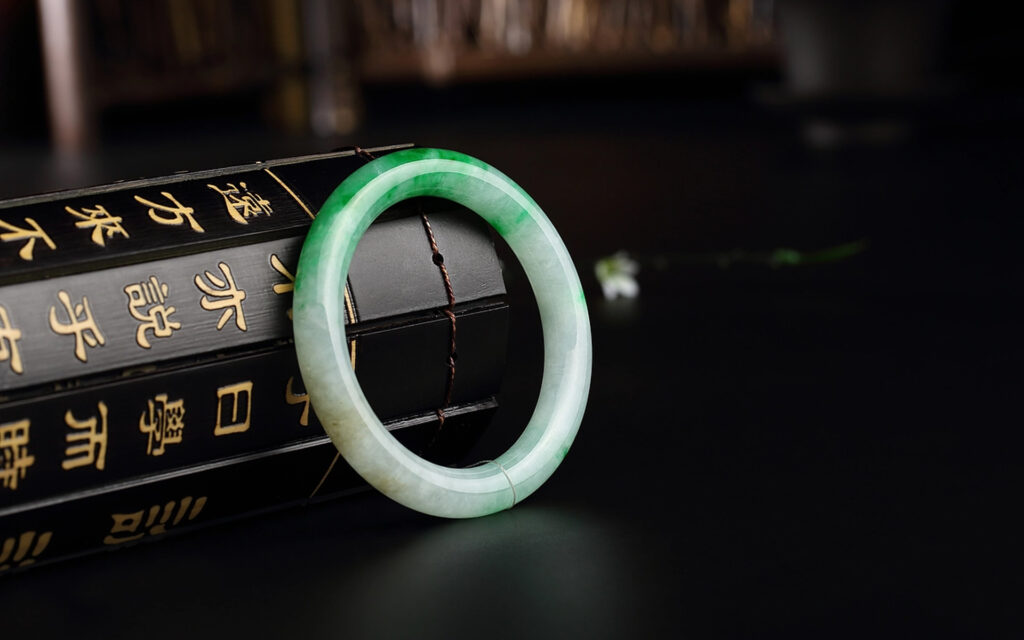
III. Assess Craftsmanship: “Jade Uncarved, No Use”
Fine jade paired with skilled carving achieves mutual enhancement. Masterful craftsmanship breathes new life and value into jade, transforming ordinary stone into exquisite art. Even with subpar material, exceptional carving can “turn something ordinary into something extraordinary.” For instance, a flawed piece of jadeite, through an artisan’s ingenious design and carving, can transform imperfections into unique textures or forms, enhancing the artwork’s artistic appeal and visual impact. Thus, when selecting jadeite, never overlook the importance of craftsmanship.
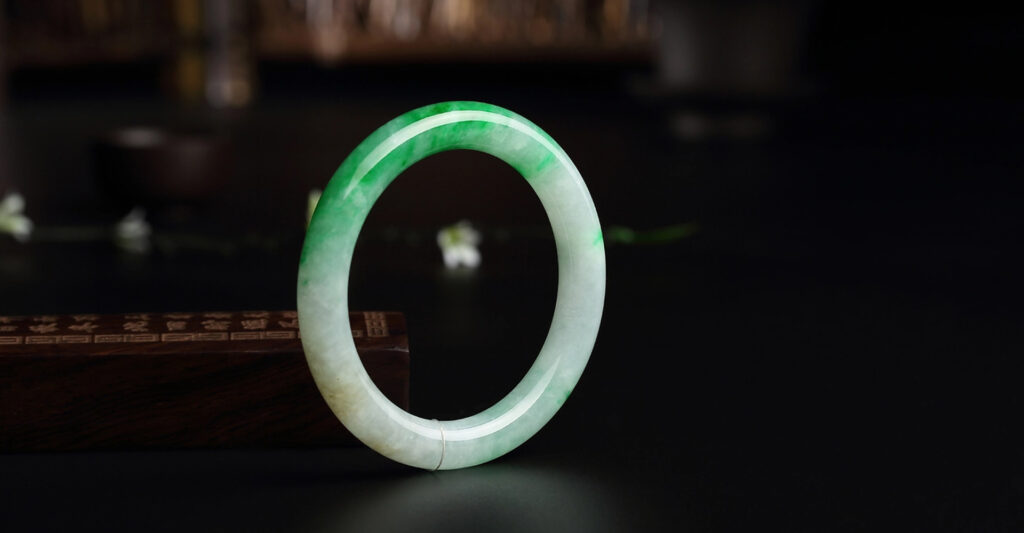
IV. Assess Clarity: Fewer Imperfections, Higher Value
Jadeite originates from nature, inevitably containing internal flaws like cloudiness or cracks. The fewer the imperfections and the higher the clarity, the greater the jadeite’s value. Near-perfect jadeite possesses a watery, translucent quality reminiscent of a clear spring, evoking a sense of pure, flawless beauty. Such pieces can command values reaching tens of millions or even higher. Of course, such supreme jadeite is extremely rare in the market. For most consumers, when selecting jadeite, it is advisable to choose pieces with fewer flaws and higher clarity.
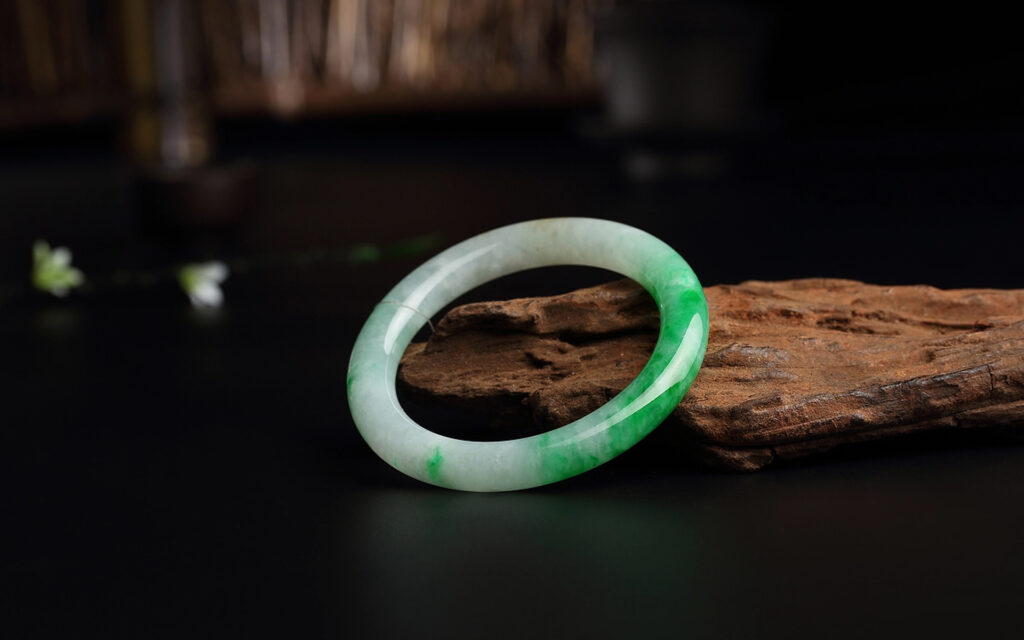
V. Assess the Design: Different Styles, Each with Its Own Merits
High-quality jadeite is well-suited for plain pieces, such as plain pendants, velvet-textured pieces, and beads. These designs are simple and elegant, avoiding excessive carving or embellishment that might highlight flaws. Thus, jade suitable for such designs indicates excellent material quality, making these pieces highly prized by collectors. They showcase the jade’s inherent texture and color to the fullest, holding significant collectible value.
Carved pieces, like landscape plaques, Buddha figures, or Guanyin statues, align well with Chinese aesthetics and are widely popular. Through exquisite craftsmanship, these carvings incorporate auspicious motifs and symbolism, serving not only as decoration but also as carriers of blessings. Of course, when selecting jadeite, the most important principle is “what you love is priceless”—what you truly adore holds the highest value.
The above outlines basic methods for beginners to assess jadeite value. After reading this, you should feel more confident in your choices. However, I still offer this advice: keep observing and learning. Once you can discern the quality of jadeite yourself, you can purchase with confidence. May every jadeite enthusiast find their own unique beauty within this captivating world.